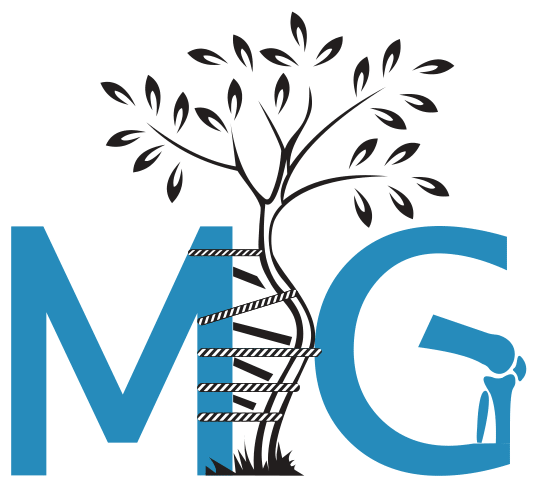Shoulder dislocation is the most common joint dislocation injury. The first treatment in shoulder dislocations, which often develops after high-energy traumas and sports injuries at young ages, is to fix the shoulder joint (closed reduction) under general anesthesia or light sedation. However, damage to a tissue called labrum, which provides joint stability, with the first dislocation may cause the dislocation to recur in cases that are not properly rehabilitated. Recurrent shoulder dislocations also create bone defects in the shoulder joint socket and that complicates the treatment.
In our 35-year-old male patient, after a total of 6 shoulder joint dislocations, arthroscopic labrum repair was performed in another center, and the dislocation pathology recurred 3 more times after the procedure. We applied the Latarjet-Bristow procedure, also known as the Latarjet procedure, to our patient. In this surgical procedure used to treat recurrent shoulder dislocations, a part of the bone area called the coracoid process and the muscles attached to it are transferred to the front of the shoulder joint socket (glenoid). In this way, a bone block is formed that prevents the shoulder joint from being dislodged. Here, you can see the images of our patient’s surgery and the rehabilitation result in the 5th week.
